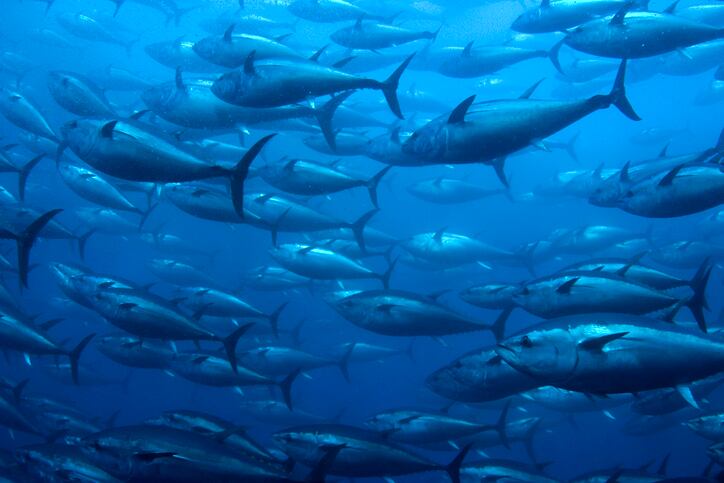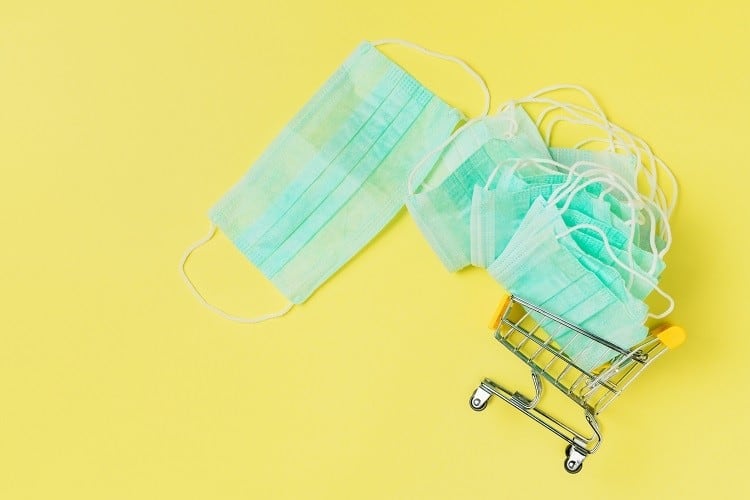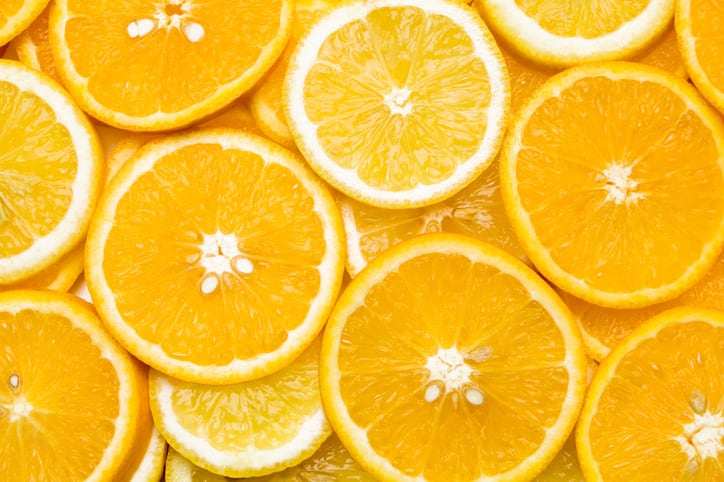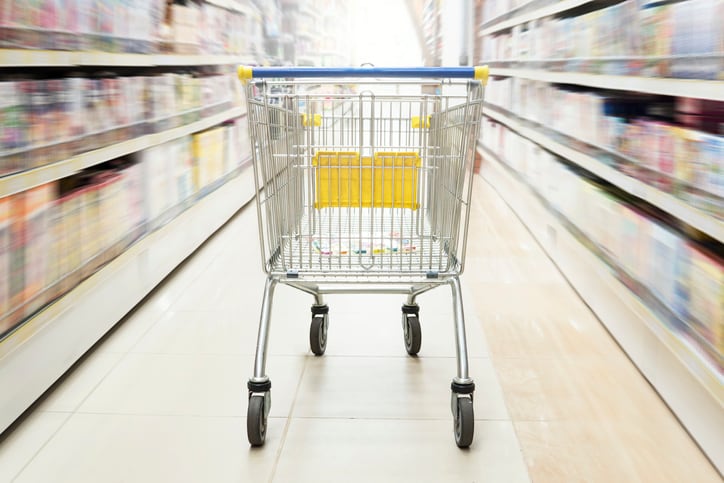The guideline note that the UAE consumes 220,000 tonnes of fish annually, of which only 2% is provided by aquaculture. Aquaculture is the breeding, rearing, and harvesting of fish and other marine life.
Launched by the UAE’s Minister of State for Food Security, Her Excellency Mariam Bint Mohammed Saeed Hareb Almheiri, the document focuses on how technology and research play a role in increasing marine products in the country.
Fish was identified as one of 18 strategic food items in UAE’s National Food Security Strategy launched in 2018.
To reduce UAE’s dependency on imported fish, the guideline highlighted advances in aquaculture and a desire to attract additional investment.
One of the projects is the Sheikh Khalifa Marine Research Centre. The first phase consisting of a production facility has been completed and has the capacity to produce 20 million fish fingerlings per year.
The centre is using advanced technologies to produce juvenile fish in its hatchery, such as photo-bioreactors to produce its primary live food (microalgae).
The centre has also implemented water recycling/reuse systems, where water is recycled from fish tanks to reduce water consumption and waste to ensure sustainability and efficiency. Sea water is then pumped into the hatchery, treated and purified.
Work is now underway for phase two, which is expanding the hatchery to produce new varieties of fingerlings species with a high survival rate and increase production capacity to 30 million annually.
In addition, a marine research laboratory complex is also being established to specialise in marine biotechnology, bio-health and digital technology.
The guideline wrote: “The centre envisages to enhance the UAE’s role and status in the international marine research sector. It aims to establish the country as an international benchmark for food and environmental sustainability and conservation efforts and a gateway to building and developing national capabilities and local expertise in all areas of marine research. Furthermore, it allows the UAE to attract global expertise in select fields, particularly in the blue economy.”
Another project, the Abu Al Abyad Aquaculture and Marine Studies Center (AMSC) can produce three million fingerlings per year for existing farms, with plans to produce another two million fingerlings for release into the sea to enhance the natural fish stocks.
To help make aquaculture a more viable and sustainable sector in the country, the centre is currently in the process of establishing its disease diagnostic laboratory, which will help reduce losses due to diseases.
The guideline also revealed the top marine species that had potential for UAE’s aquaculture sector, in both supply and demand. Among the potential fishes include Cobia, grouper, sea bream and tuna.
To date, the UAE government has invested more than Dh200m (US$54m) to develop hatcheries and fish farms.
UAE hopes with these efforts can help the country guarantee food security for current and future generations.
The UAE was ranked 21st position globally in the most recent Global Food Security Index.
Almheiri said: “As part of the UAE’s drive to be first place by 2051 as per the Global Food Security Index, you can expect the aquaculture sector in the country to grow substantially over the coming years. It will be subject to innovative federal measures designed to enhance its operations and output, as well as substantive government initiatives to increase its attractiveness to investors.”




